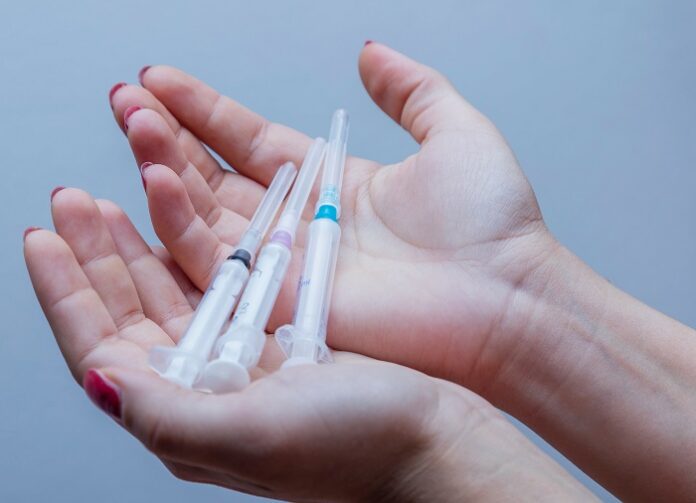If you’ve ever been curious about those little tools your doctor uses to give you shots or draw blood, you’re in the right place. Medical syringes and needles might seem a bit confusing at first, but fear not! In this layman’s guide, we’ll break it down into simple bits to help you understand what’s what.
1. Syringes: The Holders of Medicine
Imagine a syringe as a tiny medicine holder – like a mini potion bottle. It’s usually made of plastic or glass and has markings along its side to measure the amount of medicine it can hold. The bigger the syringe, the more medicine it can contain. Simple, right?
2. Needles: The Delivery Guys
Now, let’s talk needles. Think of needles as the messengers delivering the medicine from the syringe to your body. They’re typically made of stainless steel and come in different sizes. The smaller the number, the thicker the needle. So, a 30G needle is finer than a 22G needle. It’s like comparing a sewing needle to a nail – one’s delicate, and the other’s more robust.
3. Gauges: The Thickness Factor
Gauges are the numbers associated with needles, telling us how thick or thin they are. A higher gauge number means a thinner needle. Thinner needles might cause less discomfort, so they’re often used for delicate procedures, like injecting insulin.
4. Types of Syringes: Luer-Lock and Slip-Tip
There are two main types of syringes: Luer-Lock and Slip-Tip. Luer-Lock syringes have a twist-on needle mechanism, making them secure and less likely to slip off during an injection. Slip-tip syringes, on the other hand, have a simple push-on needle attachment. Both get the job done, but some prefer the extra security of the Luer-Lock.
5. Different Needle Lengths: Short and Long
Needles come in various lengths too. Short needles are great for injecting medicine just beneath the skin (subcutaneous injections), while longer ones are used for reaching muscles or veins (intramuscular or intravenous injections). It’s like choosing between a short and a long straw – depending on where you want to sip your drink from.
6. Syringe Sizes: Bigger Doesn’t Always Mean Scarier
Don’t let the size of the syringe scare you. Bigger syringes aren’t always for bigger doses of medicine. They might just be needed to dilute the medicine or make it easier to measure small amounts accurately. Think of it like using a bigger measuring cup for a tiny amount of liquid – precision matters!
7. Safety Features: Shields and Caps
To keep things safe, many needles come with protective shields or caps. The shield covers the needle after use, preventing accidental pricks. Caps, on the other hand, go on the tip of the needle before use, ensuring it stays sterile. It’s like putting a lid on a pen to keep it from leaking.
Needle Know-How
In a nutshell, medical syringes and needles are like a dynamic duo, working together to deliver the right dose of medicine to the right place. Understanding these basic concepts makes the world of injections a lot less daunting. So, next time you face the needle, you’ll know it’s just a tiny messenger delivering a dose of health. Easy peasy!
Image by Freepik





